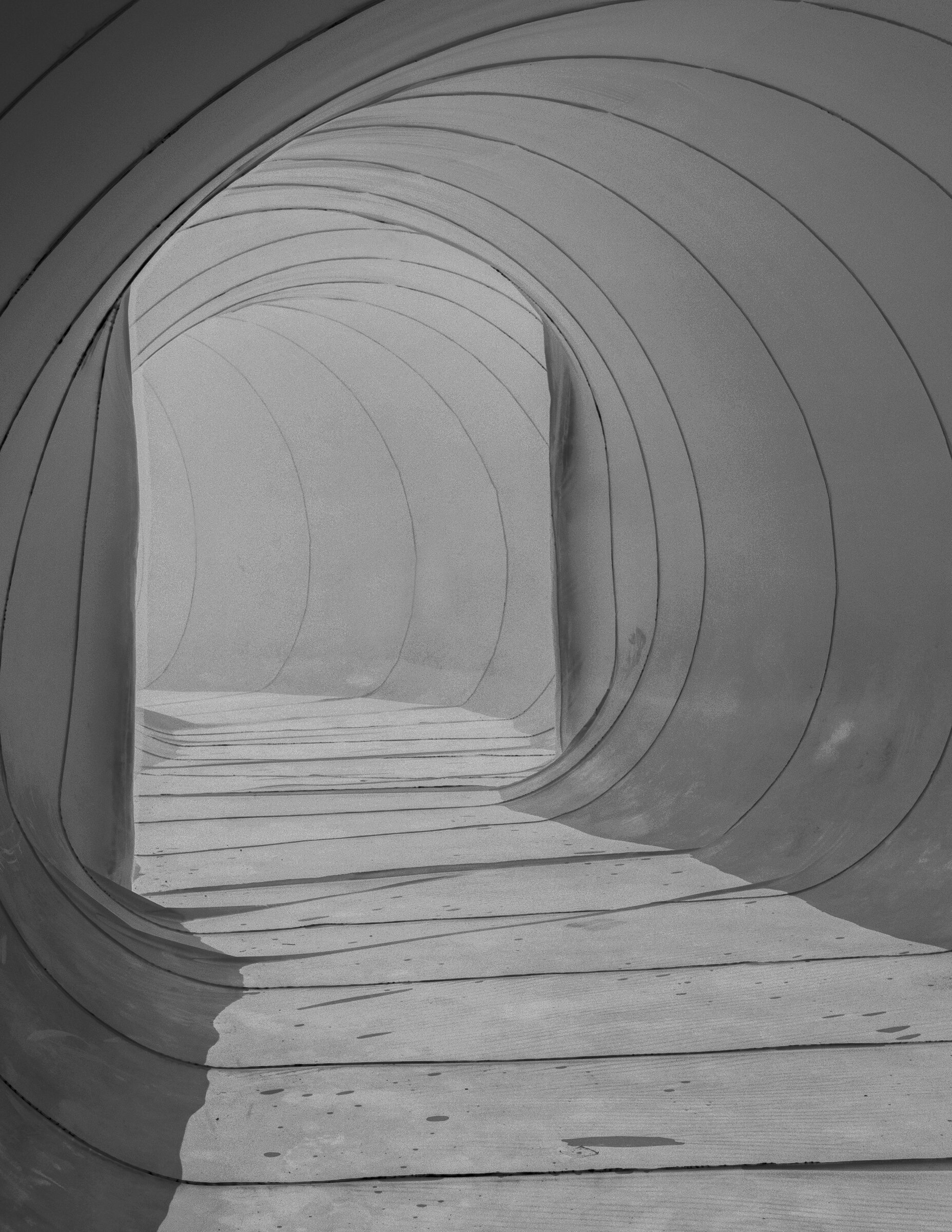
“sometimes you do not have the vocabulary to pinpoint your feelings towards a project, a place, an object, or a person”
The ambition to photograph the purity of isolation in nature infiltrates the images of Joselito Verschaeve. In his works, the fog clothes the rock formations, a hand soaks in the color of the coals, the sea laps over the grainy shore, the crescent-shaped sun ray filters through the cracks, and Joselito grips the camera in his hands. In every image, the unspoken longing to form a bond with nature, or perhaps become Mother Nature herself, tugs a wandering soul to embark on a pilgrimage with the Belgian photographer.
As one skims through the works Joselito has captured so far, they may deduce them as a meditative perception of the environment, a narrative-infested series that touches on a myriad of undefined themes with nature at the heart of his philosophy. Joselito may have just commenced his journey, but he has already left an imprint in those who gaze at his images, and now, in NR Magazine.
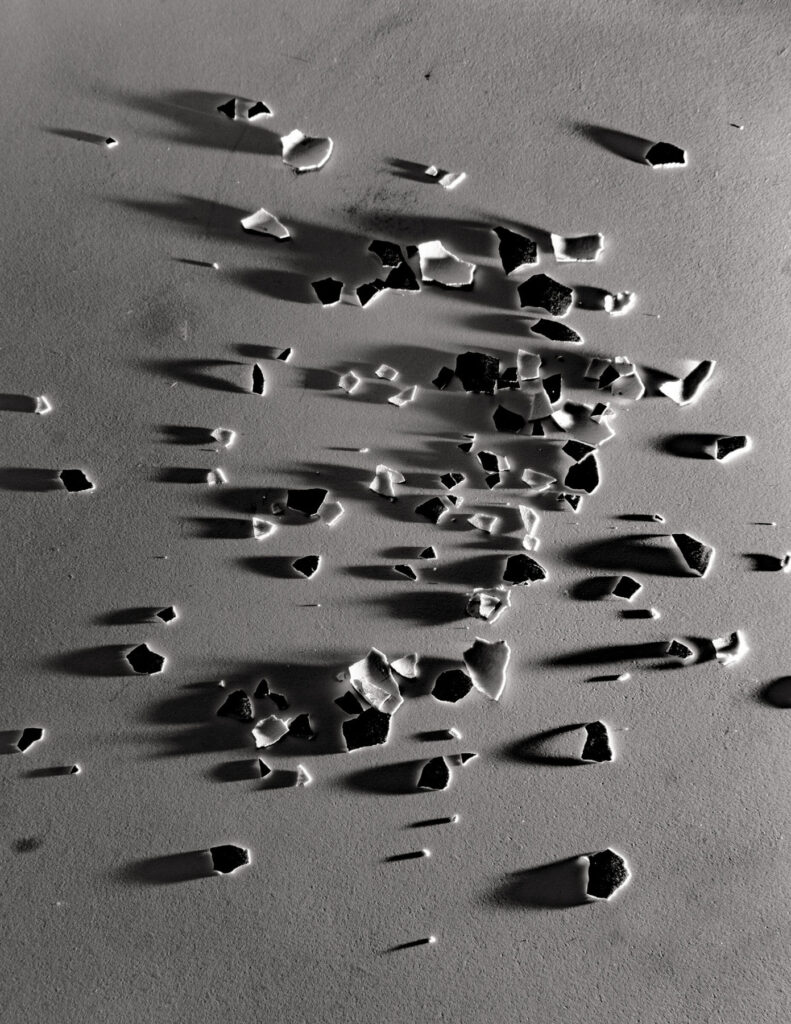
I would love to learn your background in photography. How did you end up taking photographs? Has this always been your first choice of medium, and why? Did you try other artistic mediums before this?
Before studying photography, I had studied 3D animation where we had to create a series of environments that were often dystopian-themed. We had to go out and create images out of worn-out objects to source our aimed textures. After a while, I realized I enjoyed image-making more and the world-building you could imply with sequencing.
Let us get into your philosophy in photography. Your work leans on day-to-day encounters. Why do you draw your photographic influences from this well? What encounters do you remark as the most significant to you, and why?
It leans on day-to-day encounters because it is the most honest way through which I can show my work. These are the moments that tend to take place in my life, but I happen to have my camera with me during these times. After these moments, the ball keeps rolling, and I can reminisce the places that I have discovered through these events, or be happy with what I got from that day. The most significant encounters I recall are the images that I captured.
You also turn to narratively driven images. Could you elaborate more on this? What kind of stories do you want to narrate through your images?
Part of my practice is the day-to-day encounters; another part is just my general fascination for dystopia, nature, history, and future events. The influences of the photographs I capture from this mindset: How can I make this newfound scene fit in these themes? I think this also forms part of my practice, just seeing if I can transform these set scenes into different ones. That is where the narration and sequencing of images come into place to tie the story together.
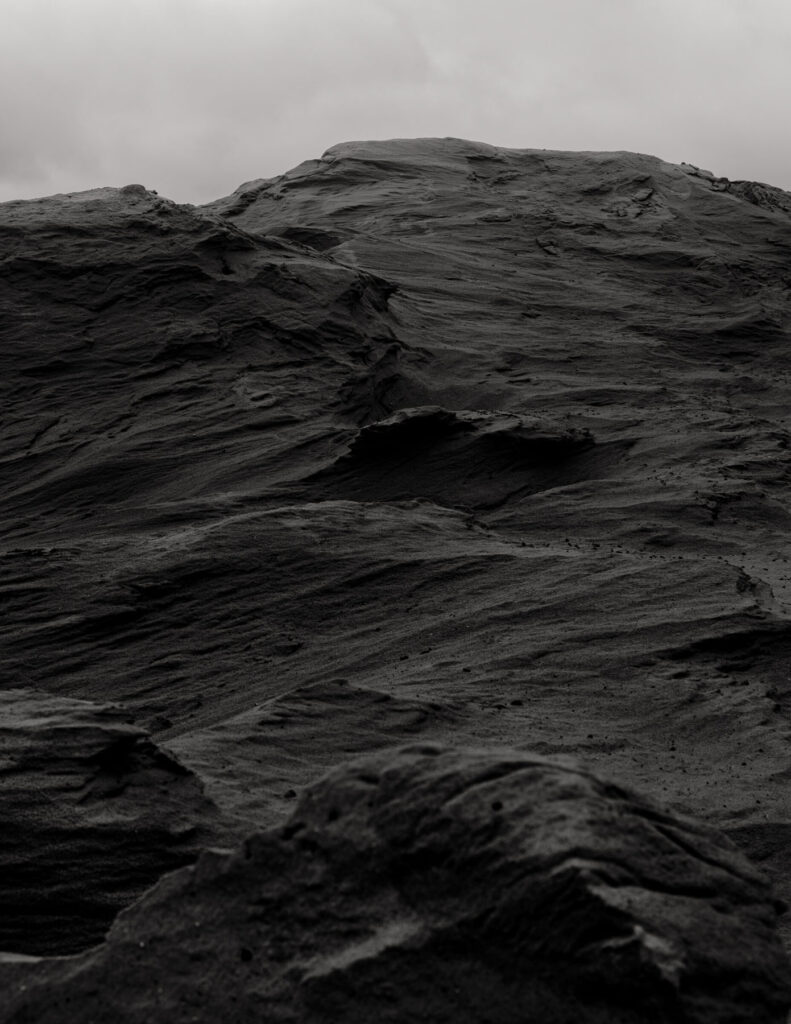
You have shared that you are building an archive that can fit different themes. Other than the ones already mentioned above, what other themes are you exploring? Do you have certain topics that you want to dive into soon? Why?
I would like to stay dedicated to these themes. What I do want is to narrow it down to certain topics. Now, I’m leaning towards places that see repetitions in natural events, or man-made places that withstand the test of time and nature. For me, these places come closest to my idea of dystopia where nature has the upper hand.
I want us to talk about If I Call Stones Blue, It Is Because Blue Is The Precise Word (2020 – 2021). First, how did you come up with the title? What is your relationship with it? Did you plan it, or did it pop up after the series finished?
It is from a Raymond Carver book, which echoes ‘day-to-day encounters’ in the best way. I think it categorizes under ‘honest fiction’ which sounds amazing on its own. Anyway, he uses it to write a poem, but the line is originally from Flaubert. My relationship with it is that sometimes you do not have the vocabulary to pinpoint your feelings towards a project, a place, an object, or a person. However, this does not stop you from understanding the significance of your emotions, so you compare them to the closest feeling that you do know. This is what I feel and do.
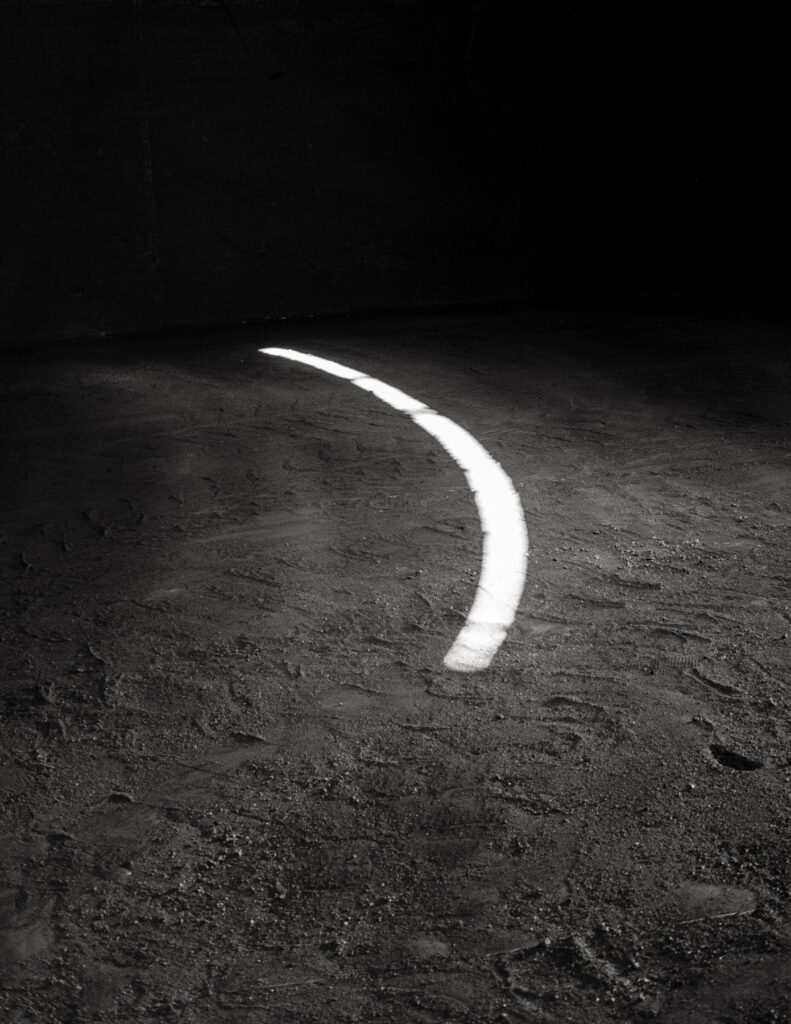
All images are black and white. Do you feel a deeper connection with this style rather than the colored ones? Is it more of a personal choice or a conscious one to tap into your audience’s emotions?
There are a few reasons for this. Of course, the images I make share common thoughts, but the black and white style helps my images grow on each other. They may be at completely different times and places, but this variety causes interesting dialogues. To simply put it: the monochromatic style causes timelessness.
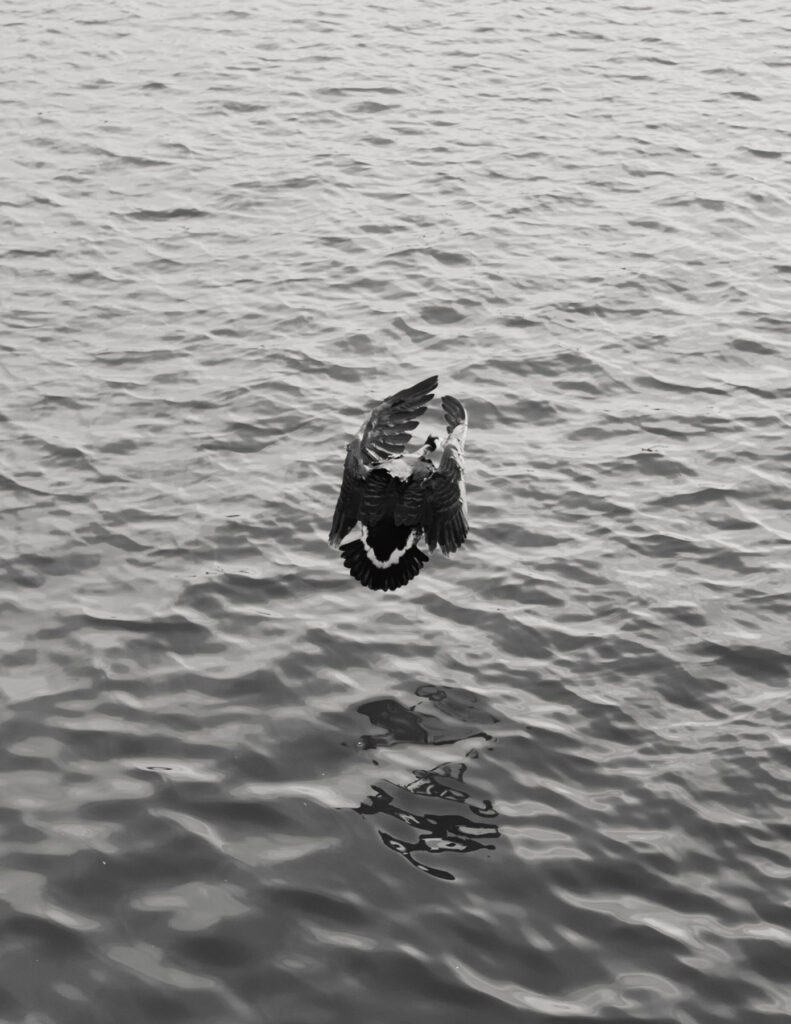
I see a lot of images deriving from nature: the uneven formations of rock, the silhouettes of forest trees, the gentle laps of the sea’s waves, and a bird trapped between the branches of trees. Does nature have a healing effect on you? Do you find it meditative? What do you think and feel whenever you place yourself in nature?
I think it is more on the idea of nature that piques my interest. It is in itself timeless and independent, which is how I would like my images to appear and be like. The balance between being comforting and intimidating is something that I admire. It is why I am so fascinated by the dynamic between nature and man-made: having the power to tear down sound and established structures versus life designs that have adapted foundations to withstand this former’s power.
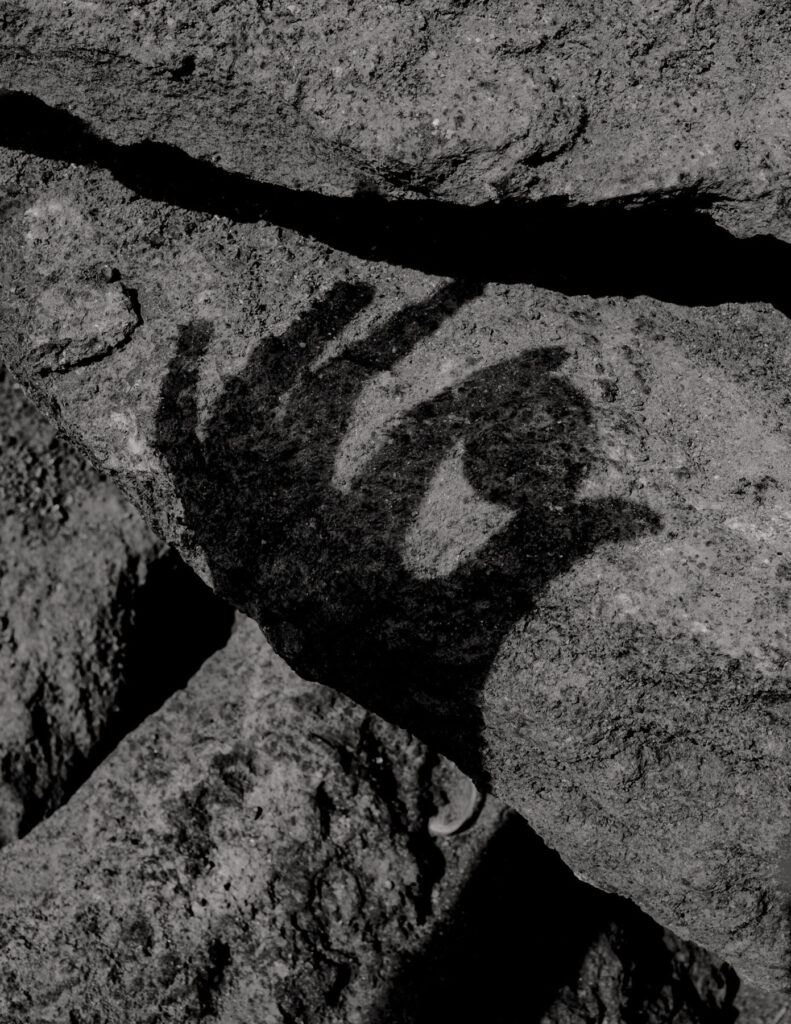
What is next for Joselito?
I have an upcoming book with VOID, a publisher based in Athens. I am looking forward to this. Other than that, I will keep doing what I do and work on other projects. I have always worked on the “we will see what happens next” philosophy, so let us see what will happen next.
